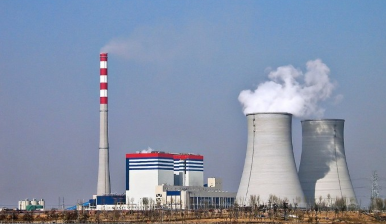Extreme
Altitude Research Centre

The DRDO
inaugurated an Extreme Altitude Research Centre at Chang La in Jammu
and Kashmir at 17,600 ft above mean sea level, the world’s highest terrestrial R&D centre.
It has been established
by Defence Institute of High Altitude Research (DIHAR), Leh, a constituent
establishment of Defence Research and Development Organisation (DRDO)..
The centre, 75 km off Leh
town towards Pangong lake, is poised to be the world’s highest terrestrial
R&D centre in the cold desert of Ladakh, where the temperature goes as low
as -40 degrees Celsius during extreme winter months coupled with reduced
atmospheric pressure and humidity besides high wind velocity and UV radiation.
Utility ?
- will
in frontal areas of food and agriculture and bio-medical sciences for well
being of the soldiers deployed in high-altitude cold desert.
- a
large number of life sciences activities are proposed to be undertaken at
this centre including
1. human physiological
work,
2. long term conservation of
plant genetic resources,
3. designing, testing,
validation
4. demonstration of mobile and
portable greenhouses,
5. soil-less micro-farming
technologies for fresh food in remote landlocked posts
6. conservation and
propagation of endangered extreme altitude medicinal plants and others.
- besides
undertaking life sciences activities, may provide unique opportunity to
other labs and establishments of DRDO for testing and evaluation of
electronics and communication devices, testing of materials for high
altitude applications, batteries, fuel cells, UAV’s micro engines among
others.
************************************
Advanced
Ultra Super Critical Technology R&D Project involving
BHEL, NTPC and Indira Gandhi Centre for Atomic Research (IGCAR).Advanced Ultra
Super Critical Technology R&D Project involving BHEL, NTPC and Indira
Gandhi Centre for Atomic Research (IGCAR).
 |
India has abundant domestic reserves of coal. In order to secure
energy requirement of the country, coal based generation will remain important
for power generation in India. Accordingly, Government of India has taken
initiatives to improve the efficiency of coal based plants for energy
production. In order to do so, the recently approved Advanced Ultra Super Critical (AUSC) technology
R&D project is a major step in the same direction of
enhanced efficiency in thermal power generation. the advanced ultra super
critical technology is capable of achieving a plant efficiency of 46% the
highest in the world.
Benefits:
1. Coal-fired power plants on existing super critical technology are less polluting than the conventional plant in achieving the plant efficiency. the AUSC plants recording a 46% whereas the conventional plants achieving 30-32% plant efficiency.
2. These plants can reduce the coal consumption and can reduce the volume of harmful gases releasing into atmosphere by them.
3. This project is important to India because because India is highly dependent on coal for running power plants for energy generation.
4. India is expected to import 170 million tonnes of coal this year which shows India's dependency on coal and thereby by deploying these technology in thermal power stations can reduce the coal intake an thereby reducing country's expenditure on importing coal.
Hence the approved AUSC project serves as a boon for India by
reducing coal consumption and air pollution as well.
************************************

